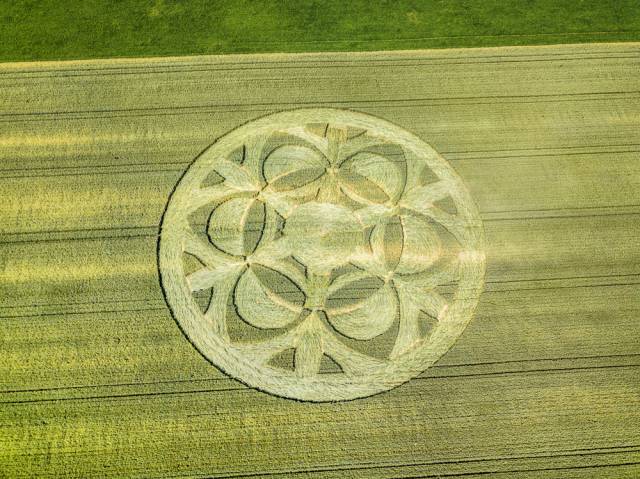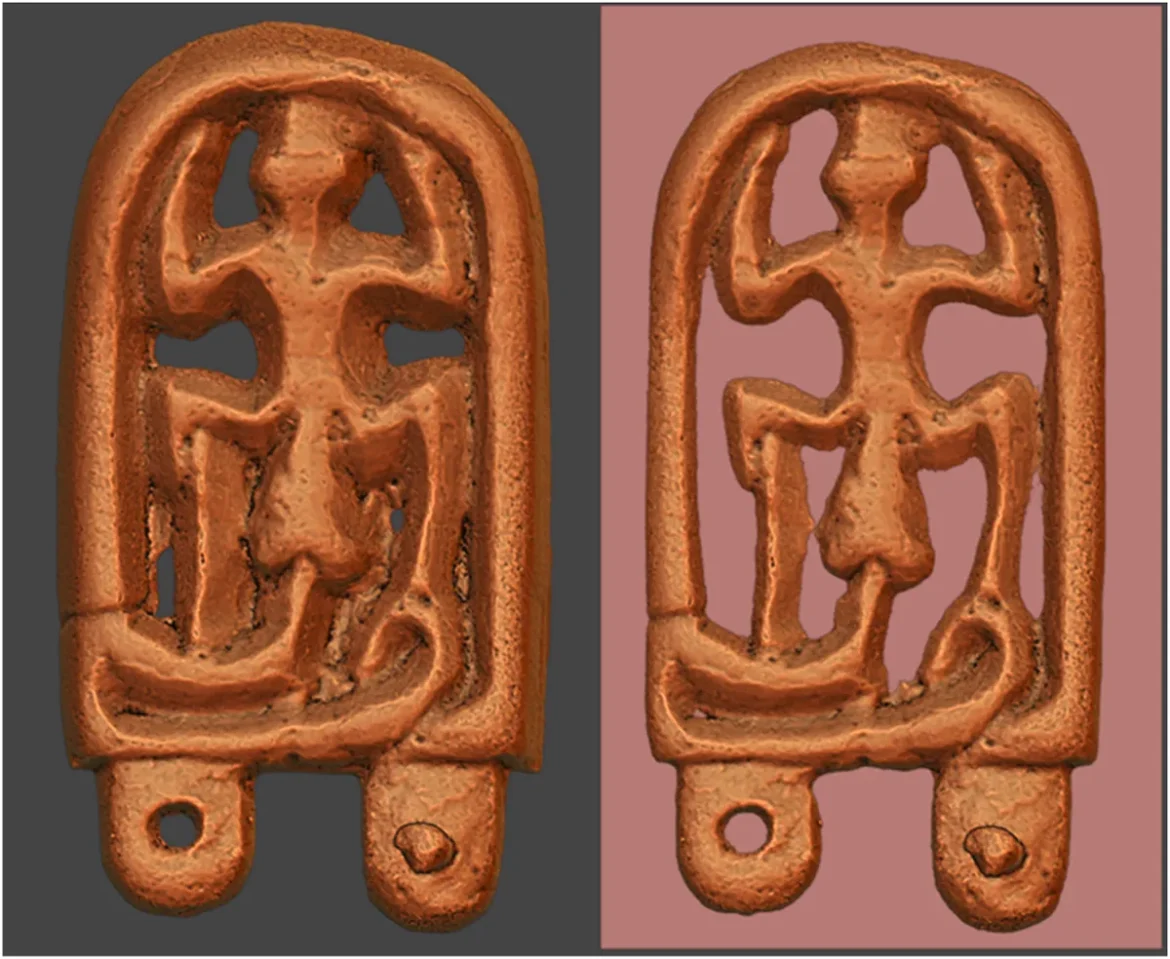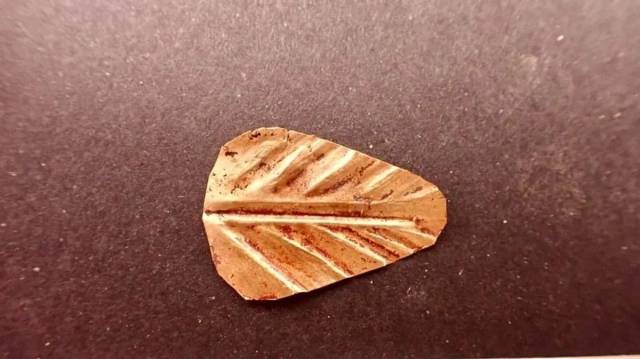D. Hein, 49, from Glastonburn, has gone viral after creating drawings in fields commissioned by various companies. The artist used a geodesic laser scanner to accurately calculate the size and shape of the drawings and planks to flatten vegetation.
But now it has stopped working because of “crazy UFO fans”. According to the Briton, the number of alien fans increased a lot after some book came out, which said that drawings in the fields are created by aliens and are able to heal people. As the artist said, these fans bring people suffering from Parkinson’s disease and jump in there in hopes of a cure, which is basically exploitation of gullibility.





